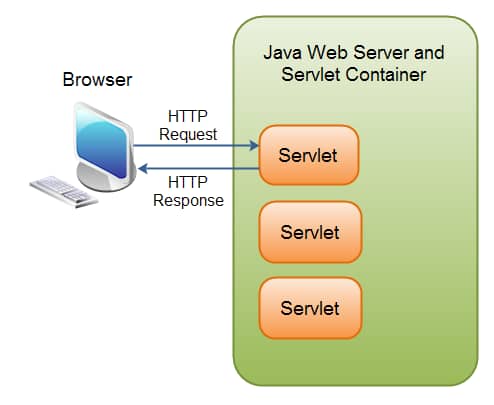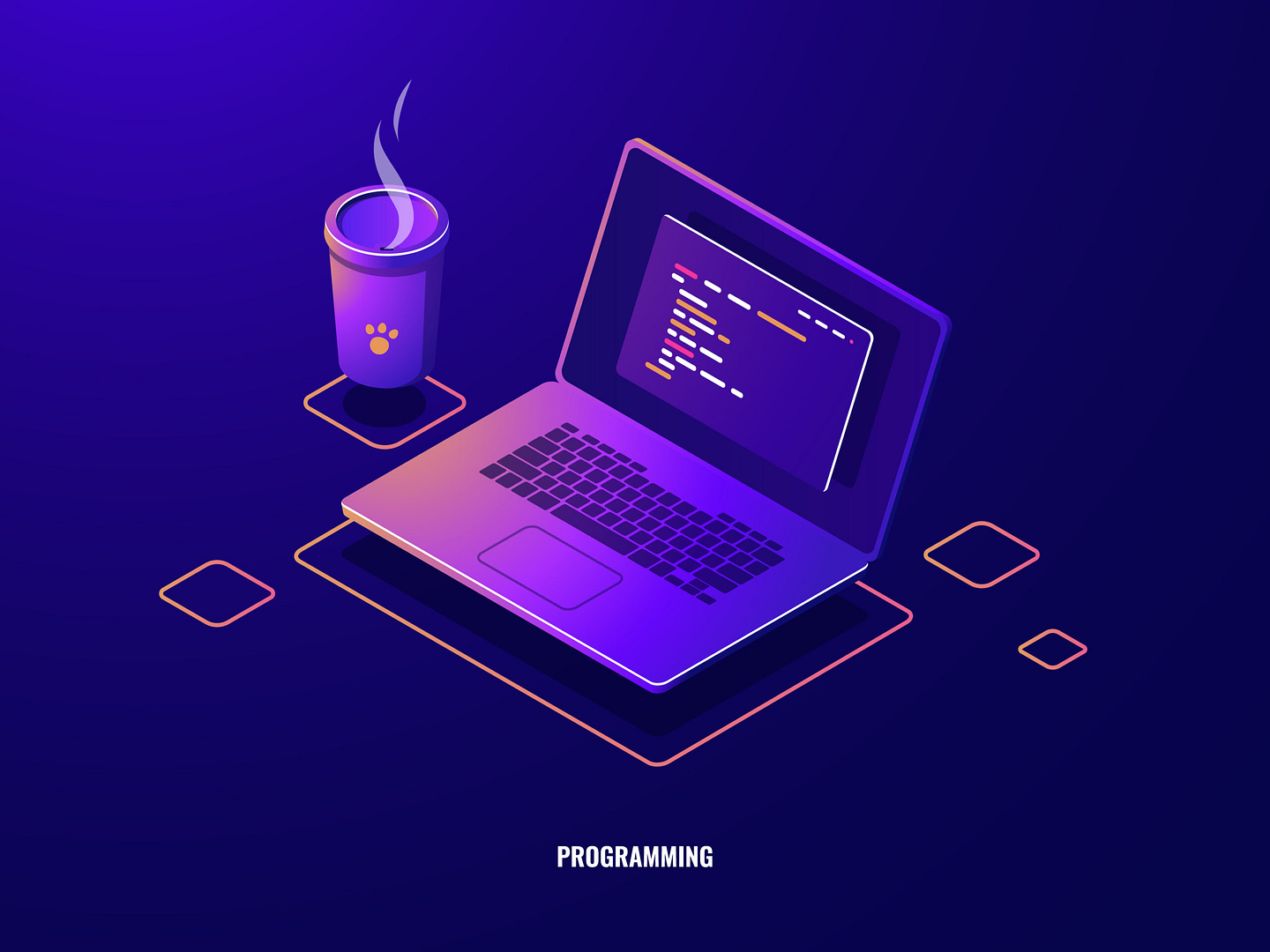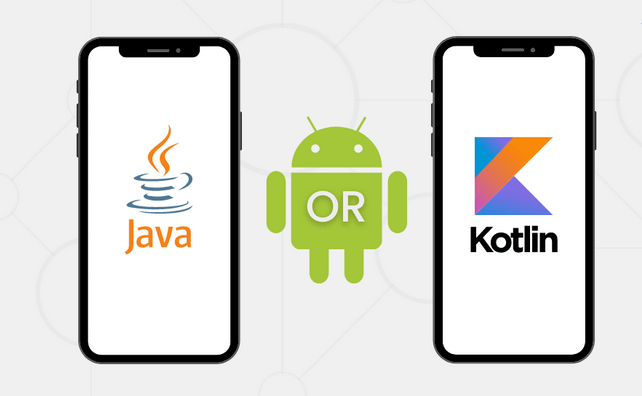
Blog Articles
Mastering RESTful API in Android: Retrofit and Volley
Table of Contents
Introduction
In the fast-evolving landscape of mobile app development, establishing seamless communication with external servers is a fundamental necessity. RESTful APIs have emerged as the de facto standard, providing a streamlined and efficient mechanism for Android applications to interact with servers. In this comprehensive blog post, we will delve into two of the most popular libraries for handling RESTful API calls in Android: Retrofit and Volley.
Understanding RESTful APIs
Before we embark on exploring these libraries, it’s essential to grasp the foundational concepts of RESTful APIs. Representational State Transfer (REST) is an architectural style for designing networked applications. RESTful APIs, following REST principles, utilize HTTP requests to execute CRUD (Create, Read, Update, Delete) operations on resources. In the realm of Android development, libraries like Retrofit and Volley simplify the intricacies of making these HTTP requests.
Retrofit: A Type-Safe HTTP Client for Android
Retrofit stands out as a robust and widely embraced library for executing HTTP requests in Android applications. Its distinctive feature lies in allowing developers to define API endpoints as interface methods, providing a type-safe approach. Let’s take an in-depth journey on how to seamlessly integrate and leverage Retrofit in your Android project.
Step 1: Add Dependencies
Initiate the integration process by adding the following dependencies to your app-level build.gradle file:
|
1 2 |
implementation 'com.squareup.retrofit2:retrofit:2.9.0' implementation 'com.squareup.retrofit2:converter-gson:2.9.0' |
Step 2: Define API Interface
Create an interface that meticulously delineates the API endpoints. For instance:
|
1 2 3 4 |
public interface ApiService { @GET("posts/{id}") Call<Post> getPostById(@Path("id") int postId); } |
Step 3: Create Retrofit Instance
With the dependencies in place, instantiate Retrofit with the base URL and converter factory:
|
1 2 3 4 |
Retrofit retrofit = new Retrofit.Builder() .baseUrl("https://jsonplaceholder.typicode.com/") .addConverterFactory(GsonConverterFactory.create()) .build(); |
Step 4: Create API Service
Establish an instance of the API service using the Retrofit instance:
|
1 |
ApiService apiService = retrofit.create(ApiService.class); |
Step 5: Make API Call
Invoke the API method and handle the response elegantly:
|
1 2 3 4 5 6 7 8 9 10 11 12 |
Call<Post> call = apiService.getPostById(1); call.enqueue(new Callback<Post>() { @Override public void onResponse(Call<Post> call, Response<Post> response) { // Handle the successful response } @Override public void onFailure(Call<Post> call, Throwable t) { // Handle the unfortunate failure } }); |
Understanding Retrofit Annotations
Retrofit employs a set of annotations to configure API requests. These annotations, including @GET, @POST, @PUT, and @DELETE, define the type of HTTP request. Additionally, @Path, @Query, and @Body annotations allow developers to parameterize requests dynamically.
Leveraging Interceptors
Retrofit allows the use of interceptors to modify outgoing requests and incoming responses. This can be beneficial for tasks like authentication, logging, or header modification. To implement an interceptor, create a class that implements Interceptor and add it to the OkHttpClient instance in your Retrofit setup.
Volley: A Fast and Efficient Networking Library
Volley represents another juggernaut in the Android networking library arena. Renowned for its efficiency in handling HTTP requests, it operates seamlessly in the background, allowing developers to concentrate on the application logic. Let’s embark on a journey to integrate and employ Volley in your Android project.
Step 1: Add Dependency
To initiate the integration process, add the following dependency to your app-level build.gradle file:
|
1 |
implementation 'com.android.volley:volley:1.2.0' |
Step 2: Make API Request
Create a RequestQueue instance and execute an API request with flair:
|
1 2 3 4 5 6 7 8 9 10 11 12 |
RequestQueue queue = Volley.newRequestQueue(context); String url = "https://jsonplaceholder.typicode.com/posts/1"; StringRequest stringRequest = new StringRequest(Request.Method.GET, url, response -> { // Handle the triumphant response }, error -> { // Handle the unexpected error }); queue.add(stringRequest); |
Leveraging Volley’s Network Image Loading
One notable feature of Volley is its built-in support for network image loading. Utilizing ImageRequest or NetworkImageView can simplify the process of loading images from a URL into your Android application.
Customizing Retry Policies
Volley allows developers to implement custom retry policies for requests. This can be beneficial when dealing with intermittent network issues. By creating a class that implements RetryPolicy and setting it on the request, you gain control over how retries are handled.
Conclusion
In the quest to master RESTful API integration, both Retrofit and Volley emerge as formidable choices for Android developers. Retrofit, with its type-safe approach and seamless integration with Gson for JSON parsing, is particularly favored for larger projects. On the flip side, Volley is renowned for its simplicity and efficiency, making it a suitable option for smaller projects or scenarios demanding quick integration.
When faced with the choice between Retrofit and Volley, carefully assess the requirements of your project. Regardless of the chosen library, integrating these tools into your Android app will undoubtedly elevate the efficiency and reliability of your API calls.
Additional Resources:

Get a Fast Estimate on Your Software Development Project
We are committed to delivering high-quality IT solutions tailored to meet the unique needs of our clients. As part of our commitment to transparency and excellence, we provide detailed project estimations to help our clients understand the scope, timeline, and budget associated with their IT initiatives.
Related Blog Posts









